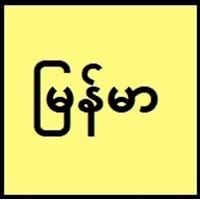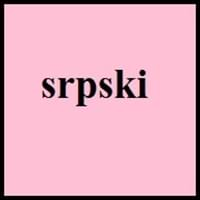Burmese and Serbian
- The naming of people in Burmese is strange. There is no last name, often name is rhymed such as Ming Ming, Mo Mo or Jo Jo.
- It appears as odd language to many people because it has peculiar pitch register, tonal form as language.
- Serbian language was derived from the Old Church Salvic, as the language was commonly spoken by most of Slavic people in the 9th Century.
- Serbian language is based on Stokavian dialect.
All Burmese and Serbian Dialects
Most languages have dialects where each dialect differ from other dialect with respect to grammar and vocabulary. Here you will get to know all Burmese and Serbian dialects. Various dialects of Burmese and Serbian language differ in their pronunciations and words. Dialects of Burmese are spoken in different Burmese Speaking Countries whereas Serbian Dialects are spoken in different Serbian speaking countries. Also the number of people speaking Burmese vs Serbian Dialects varies from few thousands to many millions. Some of the Burmese dialects include: Arakanese, Tavoyan. Serbian dialects include: Prizren-Timok , Smederevo–Vršac. Also learn about dialects in South American Languages and North American Languages.
Burmese and Serbian Speaking population
Burmese and Serbian speaking population is one of the factors based on which Burmese and Serbian languages can be compared. The total count of Burmese and Serbian Speaking population in percentage is also given. The percentage of people speaking Burmese language is 0.50 % whereas the percentage of people speaking Serbian language is Not Available. When we compare the speaking population of any two languages we get to know which of two languages is more popular. Find more details about how many people speak Burmese and Serbian on Burmese vs Serbian where you will get native speakers, speaking population in percentage and native names.
Burmese and Serbian Language Codes
Burmese and Serbian language codes are used in those applications where using language names are tedious. Burmese and Serbian Language Codes include all the international language codes, glottocodes and linguasphere.





